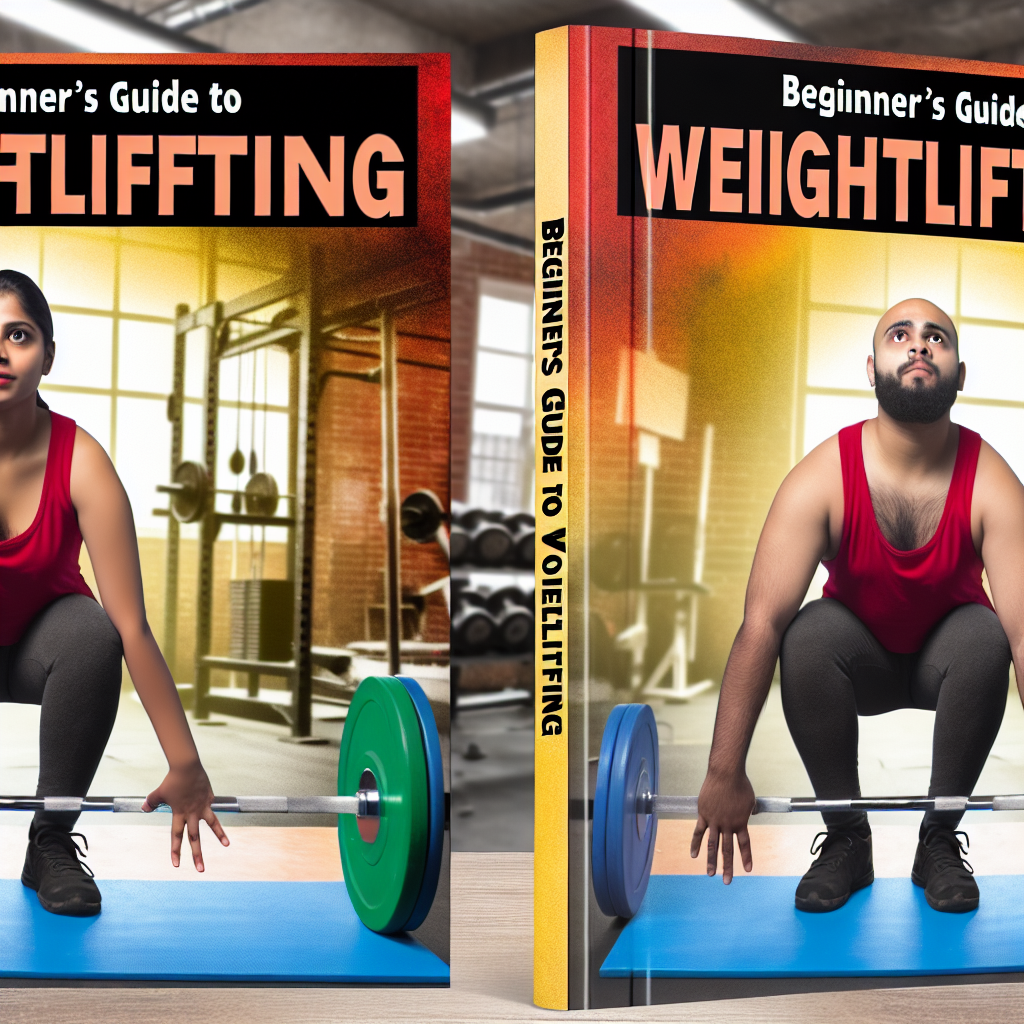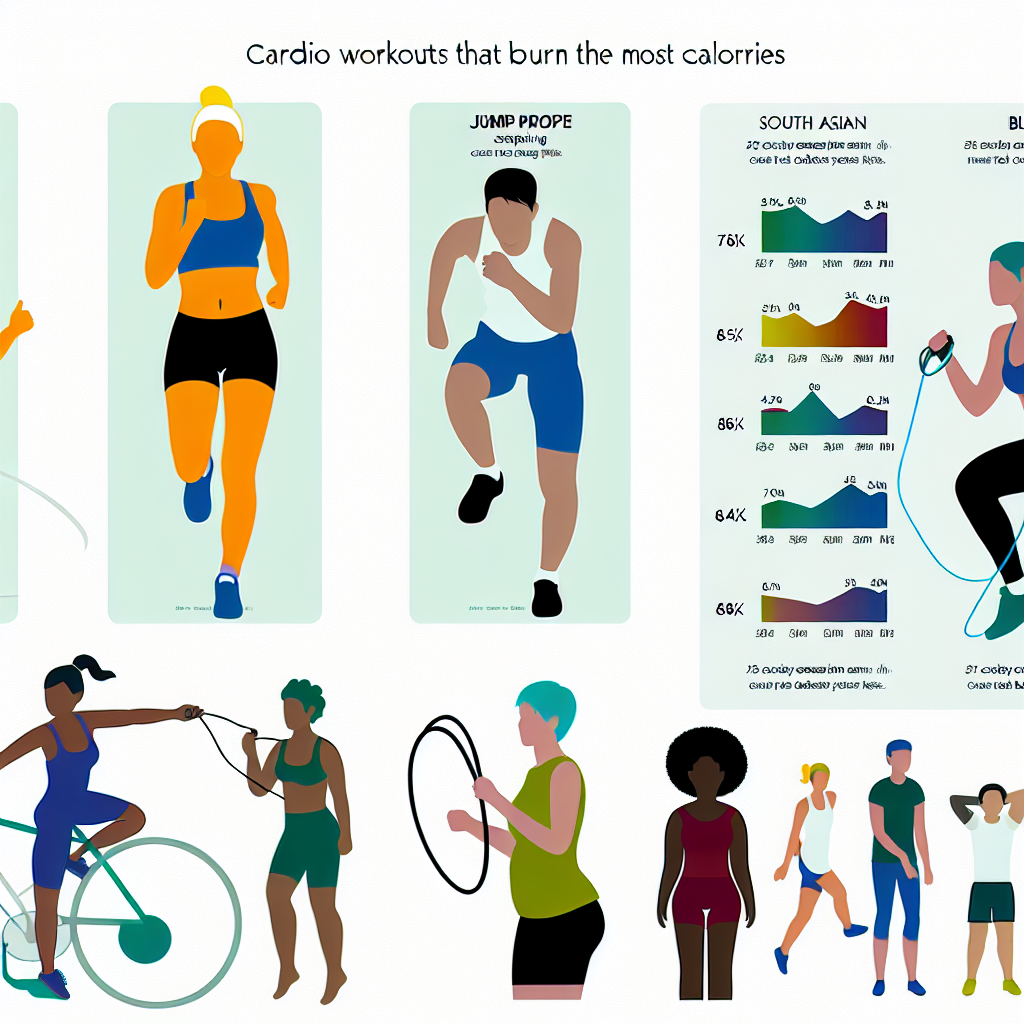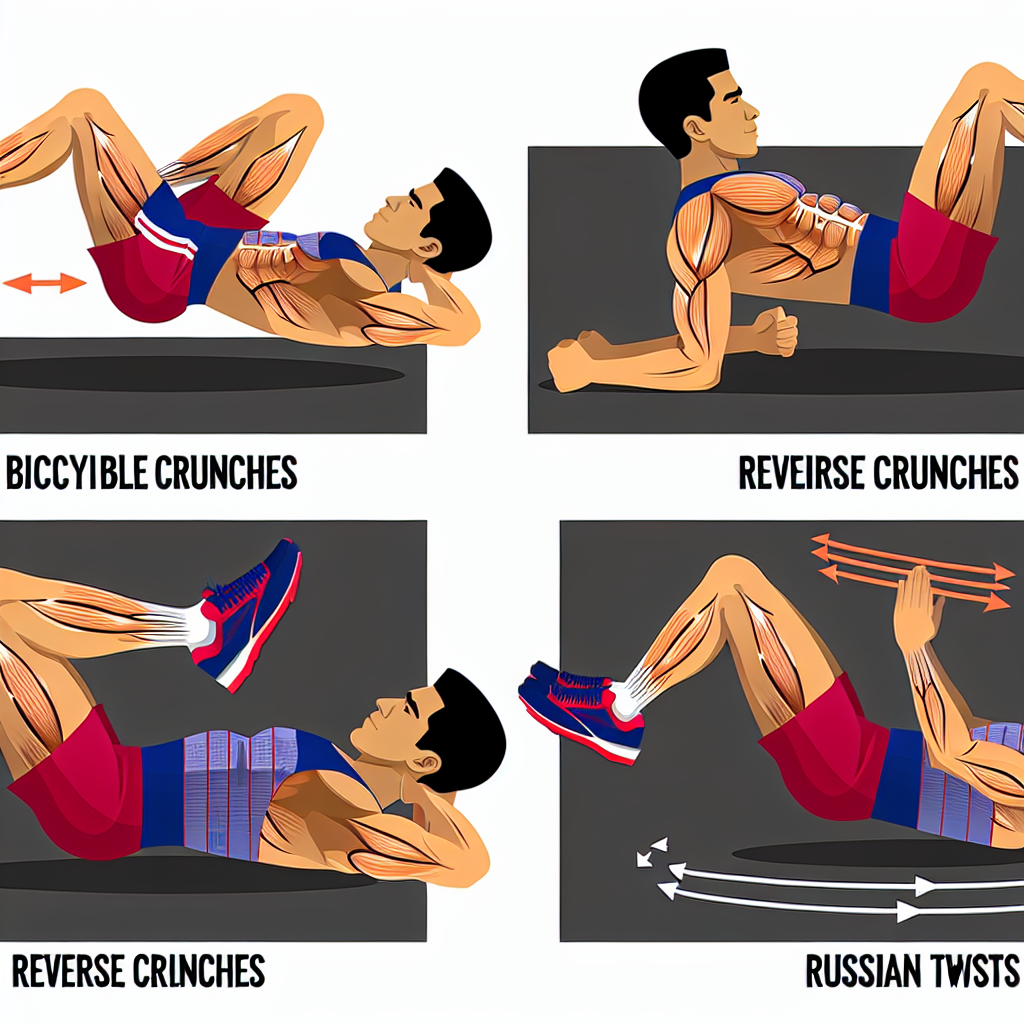Are you tired of feeling lost and overwhelmed at the gym when it comes to weightlifting? If so, fear not, as we have created the ultimate beginner’s guide to weightlifting just for you. Whether you’re new to the world of strength training or looking to brush up on your skills, this comprehensive guide will provide you with all the tips and tricks you need to start lifting with confidence. So grab your gym gear and get ready to embark on your weightlifting journey with ease.
Heading 1: Understanding the Basics of Weightlifting
Welcome to the Beginner’s Guide to Weightlifting. Whether you’re just starting out or looking to brush up on the basics, this post will help you understand the fundamentals of weightlifting.
**Benefits of Weightlifting:** Weightlifting offers a wide range of benefits, including increased muscle strength, improved bone density, enhanced metabolism, and better overall physical health. By incorporating weightlifting into your fitness routine, you can achieve your fitness goals more effectively.
**Types of Weightlifting:** There are two main types of weightlifting: **compound** and **isolation** exercises. Compound exercises target multiple muscle groups at once, while isolation exercises focus on a specific muscle group. Both types of exercises are important for building strength and muscle mass.
| Muscle Group | Exercise |
|---|---|
| Legs | Squats |
| Back | Deadlifts |
| Chest | Bench Press |
**Form and Technique:** Proper form and technique are crucial when weightlifting to prevent injury and maximize results. It’s essential to start with lighter weights and focus on mastering the correct form before progressing to heavier weights. Remember to engage your core muscles, maintain a neutral spine, and breathe properly during each lift.
Heading 2: Setting Realistic Goals and Creating a Training Plan
When starting your weightlifting journey, it is crucial to set realistic goals and create a training plan that works for you. Setting goals that are achievable will help you stay motivated and track your progress effectively. Before diving into weightlifting, take some time to think about what you want to accomplish and how you will get there.
Creating a training plan is essential to ensure that you are working towards your goals efficiently and safely. Consider factors such as your current fitness level, your schedule, and your resources when designing your plan. It is important to start slow and gradually increase the intensity of your workouts to prevent injuries and burnout.
Remember, consistency is key when it comes to weightlifting. Make a commitment to stick to your training plan and set aside dedicated time for your workouts. Stay focused on your goals and celebrate your progress along the way. By setting realistic goals and creating a training plan that works for you, you will be well on your way to mastering the art of weightlifting.
Heading 3: Importance of Proper Form and Technique
Proper form and technique are essential when starting a weightlifting journey. Without them, not only are you putting yourself at risk of injury, but you may also not be maximizing the benefits of your workout.
One of the most important aspects of weightlifting is maintaining good posture throughout each exercise. This means keeping your back straight, shoulders back, and core engaged. By doing so, you can target the intended muscle groups and avoid straining other parts of your body.
In addition to posture, it’s crucial to focus on the correct breathing techniques. Proper breathing can help you generate more power during lifts and prevent dizziness or lightheadedness. Remember to inhale on the eccentric (lowering) phase of the movement and exhale on the concentric (lifting) phase.
Lastly, don’t rush through your sets. Take your time to execute each rep with control and precision. This will not only reduce the risk of injury but also ensure that you are effectively working the muscles targeted by the exercise. Remember, quality over quantity is key in weightlifting.
Heading 4: Nutrition and Recovery Strategies for Beginner Weightlifters
Whether you’re new to weightlifting or looking to improve your technique, it’s important to fuel your body with the right nutrients and prioritize recovery. Nutrition plays a key role in maximizing performance and helping your muscles recover after a tough workout. Here are some essential strategies to help beginner weightlifters optimize their nutrition and recovery:
- Hydration: Stay hydrated before, during, and after your workout to support muscle function and overall performance.
- Protein intake: Consume an adequate amount of protein to support muscle growth and repair. Aim for sources like lean meats, eggs, dairy, and plant-based proteins.
- Carbohydrates: Fuel your workouts with complex carbohydrates like whole grains, fruits, and vegetables to provide energy for lifting weights.
- Healthy fats: Include sources of healthy fats like nuts, seeds, avocado, and olive oil to support overall health and hormone production.
Recovery is just as important as your time in the gym. Make sure to prioritize rest, sleep, and recovery strategies to allow your muscles to repair and grow. Consider incorporating foam rolling, stretching, and massage into your routine to prevent injury and improve flexibility. Remember, consistency is key when it comes to weightlifting, so make sure to fuel your body properly and prioritize recovery to see the best results.
As you embark on your weightlifting journey, remember to start slow, be consistent, and most importantly, listen to your body. Whether your goal is to build muscle, increase strength, or simply improve your overall health, weightlifting can be a rewarding and empowering experience. So, grab those dumbbells, hit the gym, and enjoy the transformative benefits that weightlifting has to offer. Here’s to a stronger, healthier you!




